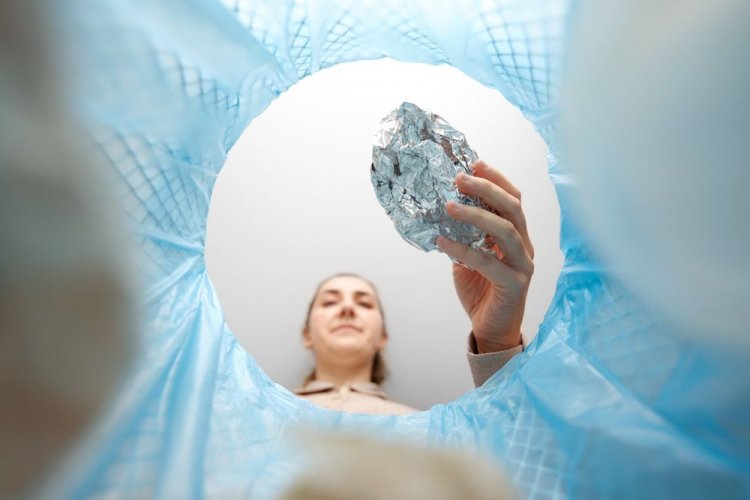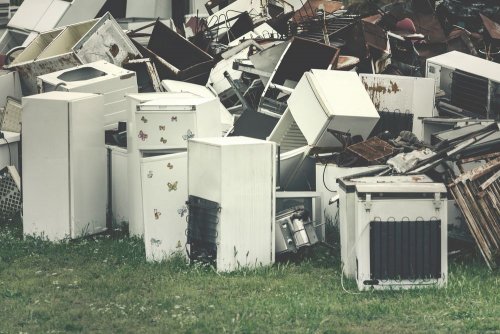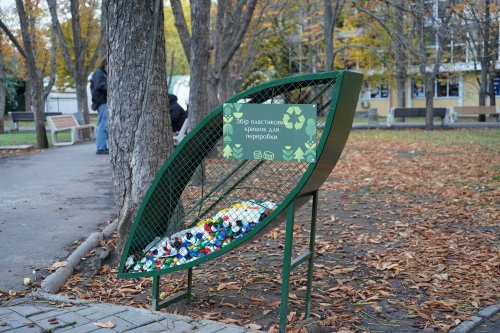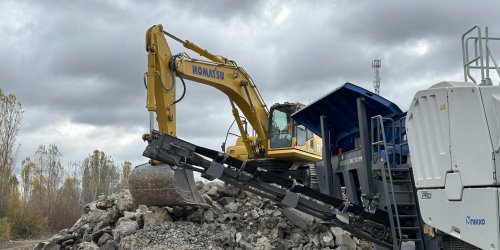In Poltava, despite the presence of containers for sorting garbage, more than a third of garbage cans (38.5%) are filled with glass, paper and plastic.
This indicates a low level of waste sorting in the community, according to a study by ecoactivists from the public organization "Ekoltava" on the morphological composition of household waste on Facebook.
Eco-activists said that as part of the research, they took control samples weighing 300 kg three times.
Morphological composition of Poltava household waste:
- food waste – 49.7%;
- plastic and polymers – 29.4%;
- glass – 6.3%;
- paper and cardboard – 2.8%;
- ferrous metals – 1.3%;
- non-ferrous metals – 0.8%;
- textiles – 4.8%;
- hazardous waste – 1.2%;
- bones, skin, rubber – 0.9%;
- the residual MSW after removing the components is 2.9%.
The study noted that most of the mixed waste is organic waste.
Eco-activists emphasized that getting into containers for separate collection of additional types of waste (organic residues, polymers that cannot be processed, etc.) requires additional sorting. Such mixing leads to contamination of relatively clean materials, increases the amount of unprocessed residue and reduces the amount of resource-valuable raw materials.
The message noted that the project was implemented in cooperation with the NGO ZeroWasteLviv, which in January 2023 also began researching the morphology of Lviv waste.
As EcoPolitic reported earlier, in Poltava, the point of reception of secondary raw materials offers a free service of psychological and emotional rehabilitation, namely breaking glass bottles with a hammer.





